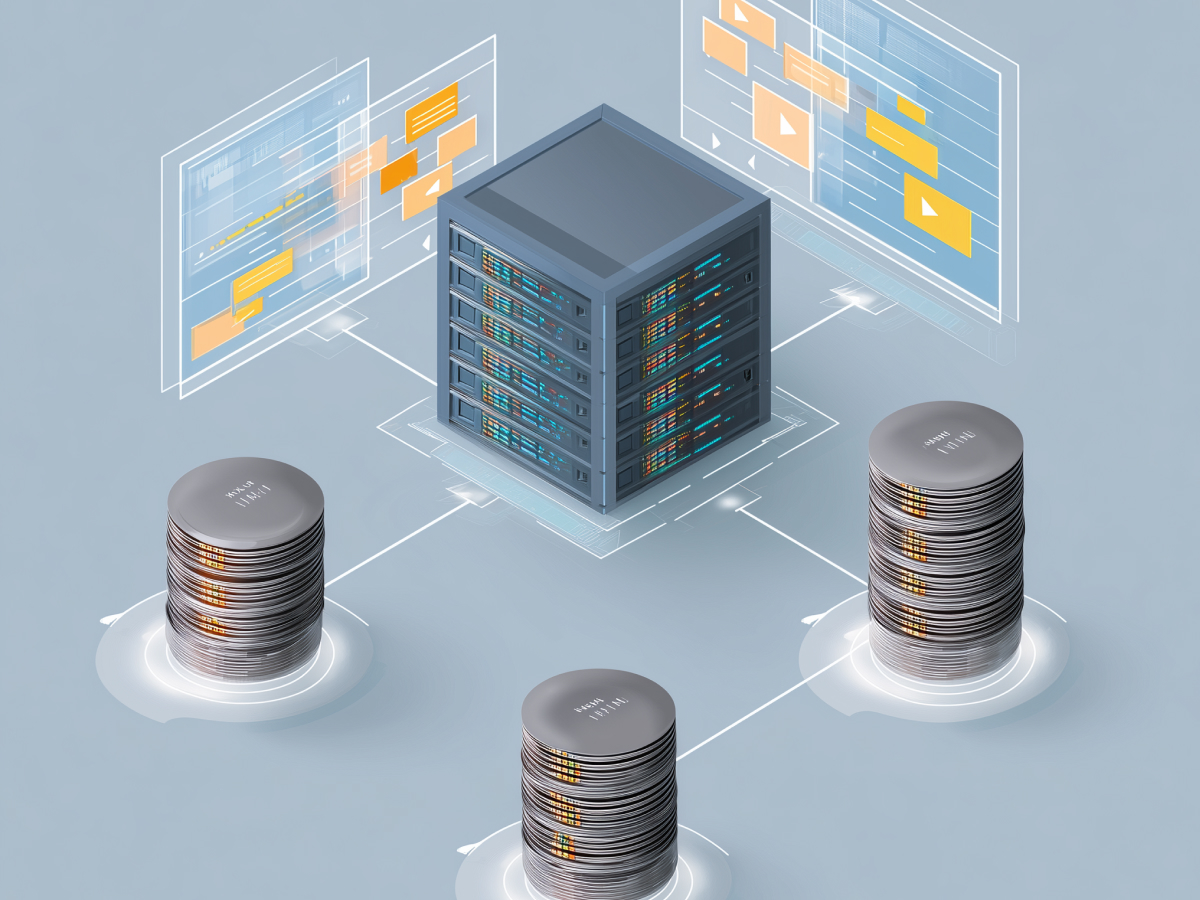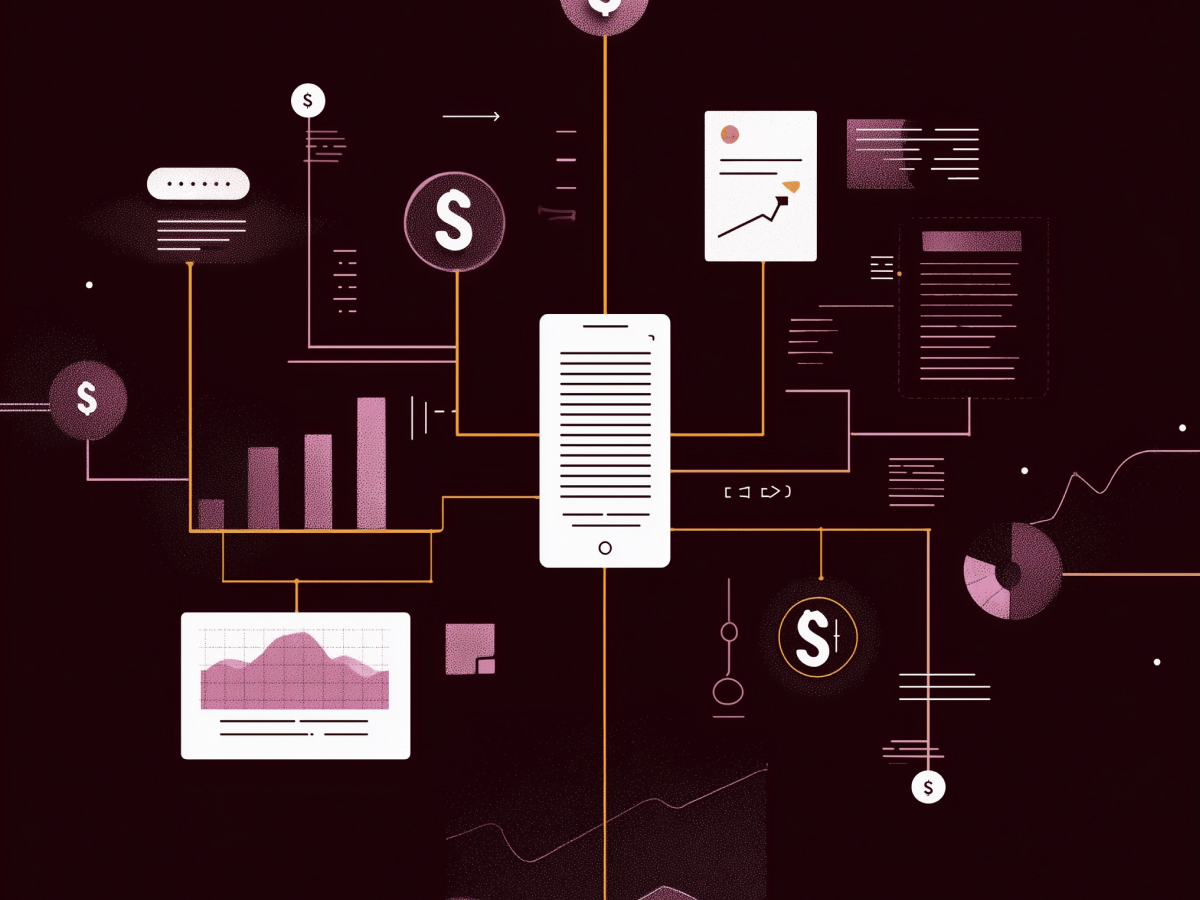Vector databases generate insights beyond data storage
Vector databases are not your standard data warehouses. They go far beyond merely storing bits and bytes. Traditional databases excel at transactional tasks such as keeping track of sales, customer records, or inventory. But they’re limited to matching exact conditions, like finding a customer ID or verifying a purchase. Vector databases flip that on its head.
These systems retrieve what matters most by ranking data based on its relevance. Think of it as the difference between pulling up a dictionary definition and having a nuanced conversation. A vector database can sift through vast, unstructured data (like videos, emails, or social media posts) and surface the results that truly align with the query’s context. It focuses on how well something fits the bigger picture, not just how it matches specific criteria.
For businesses, this means decisions can be driven by insights instead of guesswork. Whether you’re analyzing customer behavior, generating personalized recommendations, or improving search accuracy, vector databases deliver actionable results at scale.
“This capability can transform how executives think about leveraging data to make informed decisions.”
Vector databases excel at handling unstructured data
Unstructured data is everywhere—videos, audio, text, and social chatter—and it’s growing exponentially. The challenge? Traditional databases weren’t built for this type of content. Enter vector databases. They don’t just “store” unstructured data either, instead they dissect it into its core components, capturing semantic features that AI systems can interpret.
Using vector embeddings, these databases translate unstructured data into a language AI understands, for sophisticated tasks like generative AI, recommendation systems, and natural language processing. A retail application, for example, could pinpoint what a customer bought and why they chose it, matching the sentiment in a product review with browsing history.
Hybrid queries also bring a level of granularity that executives crave. Want to find similar products to a bestseller but limit results to items launched this season? A vector database can handle that seamlessly. It bridges the gap between deep semantic searches and traditional precision-based filters, creating a versatile toolkit for any enterprise aiming to stay ahead in a data-rich world.
Approximate Nearest Neighbor (ANN) search drives real-time data retrieval
Time is money, and speed matters when searching through millions—or even billions—of data points. Approximate Nearest Neighbor (ANN) search is the powerhouse behind vector databases’ real-time capabilities. Instead of slogging through a database to find an exact match, ANN quickly identifies the closest vectors in high-dimensional space.
For use cases like recommendation engines, anomaly detection, and advanced search, this speed is key. Traditional databases, even with heavy optimization, falter when tasked with retrieving similar data at scale. Vector databases, by contrast, shine here. They can deliver near-instantaneous results, which translates to smoother user experiences and faster decision-making pipelines for businesses.
Imagine a media platform suggesting the most relevant content to a viewer or a cybersecurity system spotting irregularities in network traffic before it becomes a breach. That’s the kind of impact ANN brings to the table.
Retrieval-Augmented Generation (RAG) improves Large Language Models
Large language models (LLMs) like ChatGPT are impressive, but they have limitations—chief among them being hallucinations and inaccuracies. Retrieval-Augmented Generation (RAG) provides a solution by anchoring LLMs with real-world, relevant data pulled from a vector database.
Here’s how it works: instead of relying solely on pre-trained knowledge, an LLM taps into a vector database for contextually rich information tailored to the query at hand. For enterprises, this is a game-changer. It makes sure customer-facing applications provide accurate, context-aware responses, improving trust and utility.
RAG also addresses concerns around data privacy and security. Safeguards like encryption and role-based access controls make sure sensitive data is protected while still being accessible to AI systems. This is particularly important for industries like healthcare, finance, and legal, where compliance is highly regulated. Developers can build AI systems that are smart and responsible, delivering precision without compromising governance.
Scalability and distribution power vector databases for large workloads
As businesses grow, so do their data needs. Vector databases are built for horizontal scalability, meaning they can expand by adding more nodes to the system. This capability is key for enterprises handling massive datasets, like embeddings from deep learning models or real-time analytics pipelines.
Take a global eCommerce platform, for instance. A vector database can distribute millions of product embeddings across nodes while maintaining lightning-fast retrieval speeds. This setup makes sure that no matter how much the dataset grows, latency remains low.
“Distributed searching also makes vector databases reliable under pressure. Whether it’s powering a recommendation system during peak holiday shopping or supporting AI-based customer service, the system stays responsive.”
Unstructured data processing fuels smarter AI systems
Today’s data explosion is largely unstructured, making up over 80% of all generated content. Traditional databases struggle with this influx, but vector databases thrive on it. They convert complex, unstructured inputs into vector representations that encapsulate their meaning—think of these vectors as compact, semantic fingerprints of the data.
For AI systems, this is a goldmine. Through analyzing vectors, these systems gain the ability to adapt to new scenarios, spot patterns, and predict outcomes with a level of intelligence that static data systems can’t match.
This has profound implications for industries looking to innovate. For example, a healthcare application might use vector databases to cross-reference symptoms with millions of case studies, identifying rare diseases faster than ever before. Similarly, a marketing team could analyze customer feedback at scale, crafting campaigns that resonate on a deeper level.
Bridging the gap between raw, unstructured content and actionable intelligence, vector databases change what’s possible for businesses looking to harness their data in meaningful ways.




